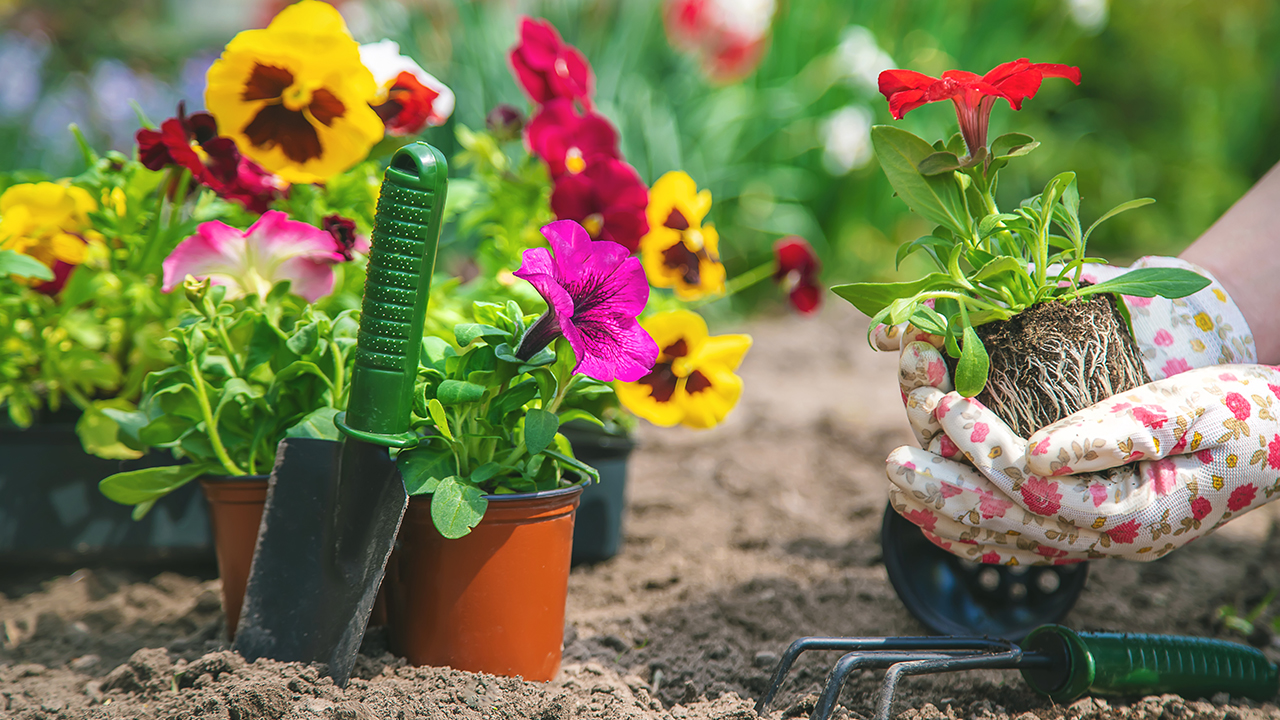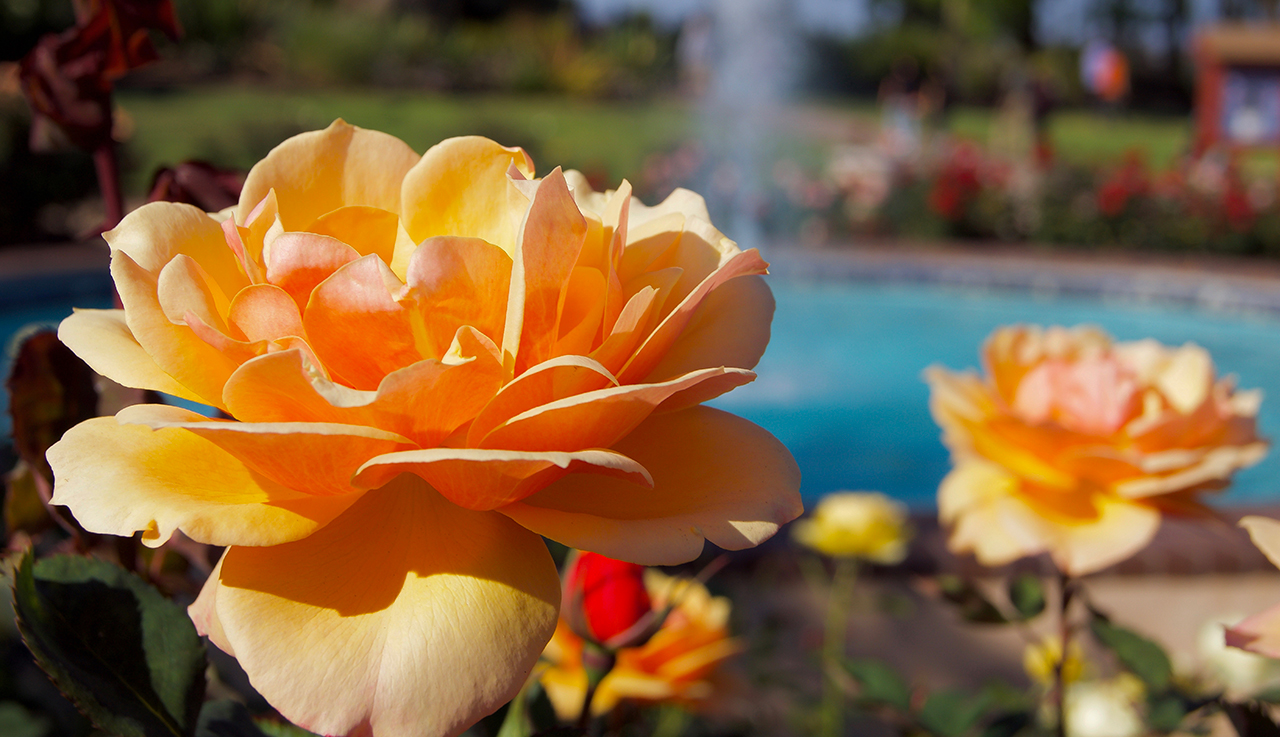
Learn to identify and avoid fake gardening videos on YouTube, especially misleading rose propagation methods. Discover reliable sources for accurate gardening tips.
In the age of digital content, YouTube has emerged as a powerful platform for learning and sharing information on various topics, including gardening.
However, the surge in popularity has also led to a proliferation of misleading and fake videos, particularly in the gardening niche.
One recent trend involves videos claiming to demonstrate how to propagate roses from petals – a method that has garnered significant attention but is scientifically unsound.
Videos on propagation, pruning, and pest control draw millions of views, offering creators a lucrative opportunity to monetize their content.
However, this potential for profit has led some content creators to prioritize viewership over accuracy.
Among the recent spate of dubious gardening videos, those claiming to show how to propagate roses from petals have become particularly widespread.
These videos typically feature a step-by-step process where rose petals are placed in soil or water with the promise that they will eventually sprout roots and grow into new rose bushes.
Despite the enticing simplicity of these videos, the method is fundamentally flawed.

Botanically, roses are propagated through several methods including cuttings, grafting or budding and seed propagation for new varieties.
Rose petals, however, lack the necessary cellular structures to develop roots and grow into a new plant.
The cells in rose petals are not totipotent – they cannot differentiate into all the cell types needed to form a complete plant.
Therefore, any claims that petals alone can be used to propagate roses are misleading.
The spread of false information about rose propagation is more than just a harmless quirk of the internet; it can lead to frustration and disappointment among gardening enthusiasts.
Novice gardeners may waste time and resources on methods that are doomed to fail, potentially discouraging them from further exploring their gardening interests.
Additionally, the propagation of misinformation undermines the credibility of legitimate gardening channels and experts who rely on accurate, science-based methods.
To navigate the sea of gardening content on YouTube, viewers should seek out channels with a track record of reliability and accuracy.
Here are some tips for identifying trustworthy sources:
- Credentials: Look for content creators with horticultural or botanical expertise.
- Reviews and Comments: Check the comments section for feedback from other viewers who have tried the methods.
- Cross-Referencing: Compare the information with reputable gardening books, websites, and other educational resources.
- Transparency: Reliable channels often cite their sources and provide detailed explanations for their methods.
The rise of fake gardening videos, especially those promoting rose propagation from petals, highlights the need for critical thinking and due diligence when consuming digital content.
By fostering a community of informed gardeners who rely on scientifically sound practices, we can ensure that the joys and rewards of gardening are accessible to all, without the frustrations of misinformation.
Discover Beautiful Flowers, Expert Gardening Tips & Interesting Plant Science!
By submitting this form, you are consenting to receive marketing emails from: . You can revoke your consent to receive emails at any time by using the SafeUnsubscribe® link, found at the bottom of every email. Emails are serviced by Constant Contact

About The Author
John Bagnasco has been in the gardening industry for over 50 years, starting with a horticulture degree from Michigan State University and following a stint at Frank’s Nursery and Crafts in Detroit.
After publishing his first book “Plants for the Home Vol. I” in 1976, he moved to California to become regional manager and buyer for the Nurseryland division of Sunbelt Nursery Group.
He then became the head buyer for Armstrong Garden Centers based in Glendora, California. John had a part-time affiliation with Creative Promotions for ten years before joining them full-time in October 2000 as a senior editor and radio personality for Garden Compass.
John has also taught horticulture classes at Palomar College and San Diego State University.
He is the host of the DVD “The Essential Guide to Roses,” which also features Bryan Main and Bruce and Sharon Asakawa.
His most recent book is “Planting Designs for Cacti and Succulents”.
Currently, John is a co-host on “Garden America,” an interactive live gardening show that additionally provides podcasts of the broadcasts accessible on all major platforms.
You can contact John here.
